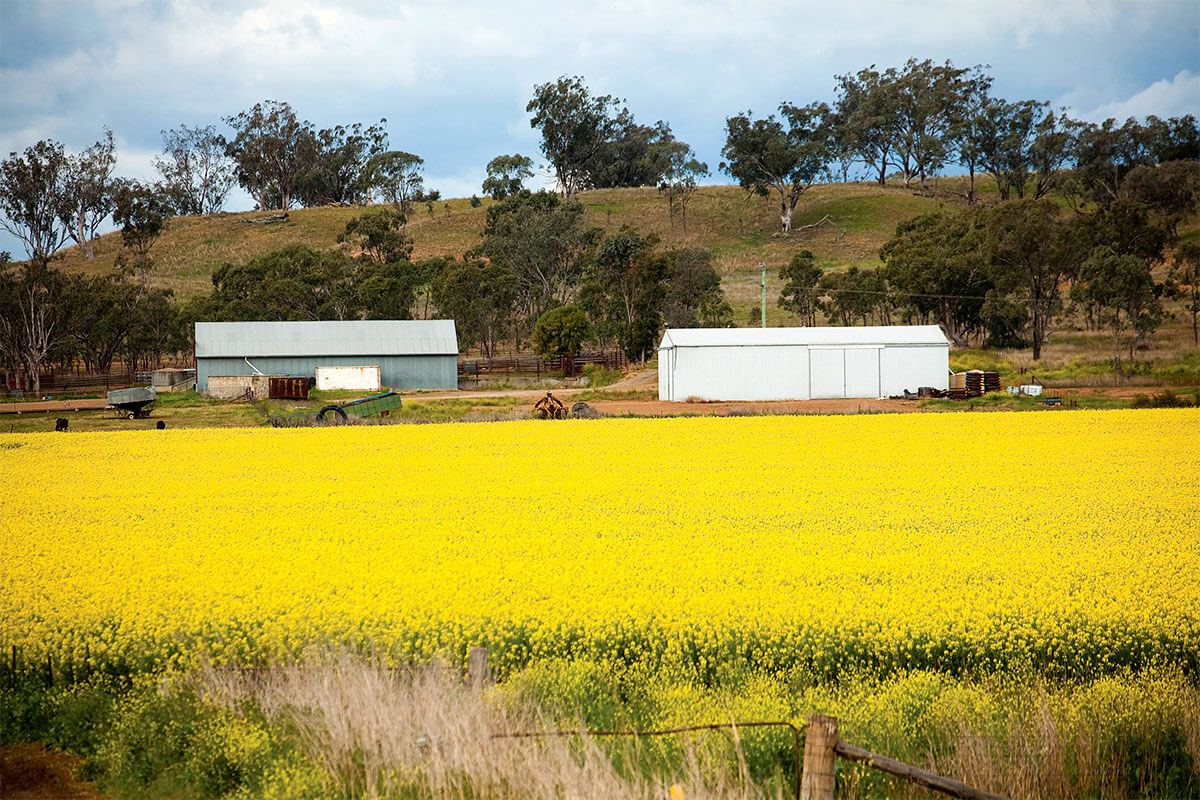Approval exemptions for outbuildings in rural areas
Outbuildings are buildings that are detached from the main house, such as sheds, farm buildings and sometimes garages and carports.
Often, you can rebuild these structures without development approval, as an exempt development, if you meet certain development standards.
Links to the relevant standards for exempt development are below:
The complying development approval pathway
If your outbuilding isn’t an exempt development, you may be able to build as a complying development. You will need to meet certain development standards and get a complying development certificate from your council or a private certifier.
If you’re unable to meet the development standards for complying development, you will need to speak to the council about lodging a development application.
Requirements for complying development
The rural housing code has complying development standards for outbuildings in rural areas. It applies in all rural zoned areas and the R5 rural residential zone in local government areas east of the Great Dividing Range.
The inland code has complying development standards for outbuildings in rural areas west of the Great Dividing Range. This means detached structures such as carports, sheds and studios are complying development if they meet certain standards.
Complying development under the Rural Housing Code or the Inland Code has additional requirements for areas affected by bushfire, flooding and heritage and there are some exclusions for environmentally sensitive land.
Proposed changes to complying development pathway for rural sheds, farm buildings and earthworks
We exhibited proposed changes to complying development processes for rural sheds, farm buildings and earthworks from 15 May to 14 June 2024.
We are considering feedback from the exhibition, which will inform the final changes.
The changes seek to align the Rural Housing Code with the Inland Code, to make it easier for landowners and councils to understand the development standards and environmental requirements that apply for these works on rural land.
The proposed changes are outlined in an explanation of intended effect (EIE), which is available on the NSW Planning Portal. They include changes to shed and farm building size requirements, excavation requirements and complying development for Class 2 acid sulfate soil areas. You can find out more about acid sulfate soils, including where they might be located, on the ePlanning spatial viewer. We also sought feedback on the current provisions for connecting a water supply to farm buildings and detached studios.
Feedback received will help us to strike the right balance between simplifying complying development in rural areas and preserving the surrounding landscape and environmental values.
